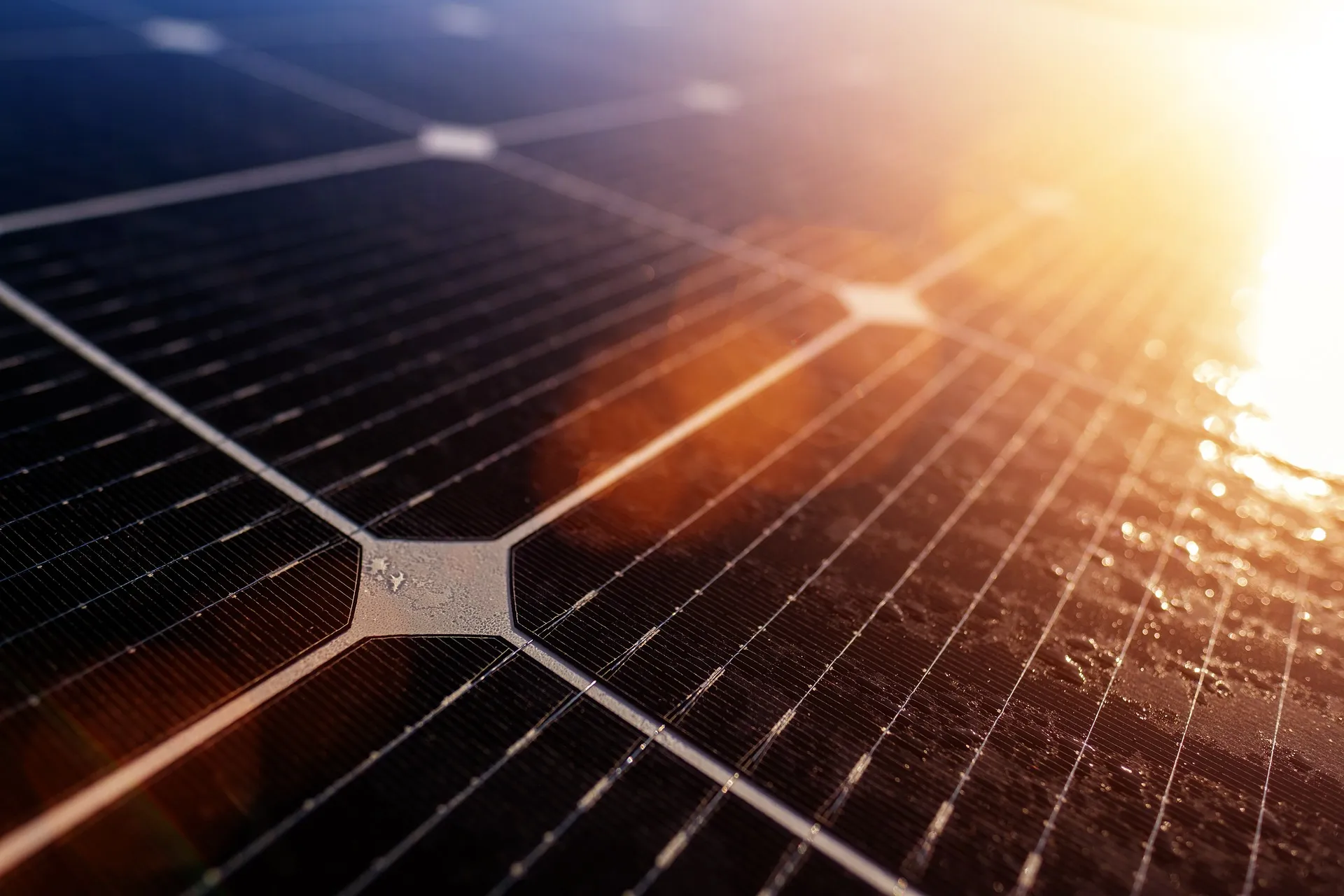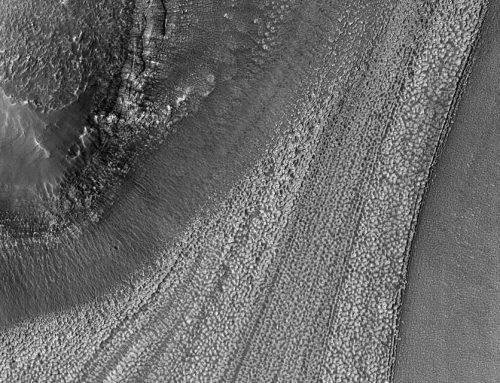The first solar panel was made in 1883 by Charles Fritts, a New York inventor. In 1955 commercial solar cell technologies were licensed and a 2% efficient commercial solar cell was put on the market for $25/cell or $1.785/watt. By 1999 the total worldwide installed solar reaches 1.000 MW.
In 2022 and the worldwide installed solar power is approximately 268 gigawatts and is expected to rise to 315 GW in 2023. The overall percentage of Solar Power in the World is 1.1 TW (1.100 GW). Top solar power producers in the World are
- China 380 GW solar
- European Union 209 GW
- United States 136 GW
As of 2022, more than 60% of global clean, renewable energy is Solar.
I’d put my money on the sun and solar energy. What a source of power! I hope we don’t have to wait till oil and coal run out before we tackle that. I wish I had more years left!
Thomas A. Edison
The basic idea for a solar panel was always simple. Solar panels are doing the job of converting the sun’s energy into electricity. Composed of several photovoltaic cells made out of silicon and other semiconductors, these are reliable (and eco-friendly) sources of energy.
When sunlight strikes the photovoltaic cells, it produces a current of electrons, generating an electrical current. Electricity generated can be used to run homes, business buildings, and other appliances. It can also be stored in batteries. The more sun that your solar panels get, the more power they’ll produce.
Basically, we could build huge solar plants in deserts worldwide and fix the energy problem. Always sunny, always hot, what else is needed? Well, if it were that simple, at least some part of it would have been done. Geopolitical games are far from simple, so we’re still stuck with oil and gas for now.
In search of an answer to this problem, scientists got creative and came up with 2 solutions.
Whether Rain Or Sunshine — Light Will Always Shine!
It would be a mistake to take sunshine for granted. As time goes by and climate change is making global corrections (or making a global mess of things) we begin to see the horrible results of human irresponsibility towards planet Earth. Snow in the Sahara desert. I ask you!
Anyway, relying on solar panels as they were was not an option, so some research was conducted by scientists and the results were very exciting.
It seems that new-generation solar panels can absorb energy from raindrops.
In short, the Soochow University team figured out a way to take the energy from raindrops hitting solar panels and turn it into electricity! To generate energy from raindrops, they used a transparent layer with a triboelectric nanogenerator placed over the conventional solar panel. It was able to transform motion into energy thanks to the impact of the raindrops.
These friction-powered panels don’t just give you a power boost when it’s raining, but can also generate electricity even during the night if it’s still pouring. Scientists say their solar panels are an effective way to gather energy in varying weather conditions.
Even The Darkness Can Bring You Light!
Scientists have made an incredible breakthrough by coming up with solar panels that can generate energy 24/7, even when the sun isn’t out! This is truly revolutionary and could mean endless possibilities for renewable energy in the future.
Conventional solar panels can only be used during daylight hours — this means you need a battery to store the energy you produce during the day for use at night. Well, researchers from Stanford University have recently tried out new solar panels that can generate electricity both day and night!
Happiness can be found even in the darkest of times when one only remembers to turn on the light.
Albus Dumbledore
Solar panels tend to get cooler at night, which is where their innovation comes in. They use a thermoelectric generator to generate energy by taking advantage of the temperature difference between the cooling panels and the warmer air around them. This way, power is produced as heat flows through it.
Developing countries often lack reliable electricity, which affects around 750 million people globally. The panels created using easily attainable components aim to provide these people with a steady power source, and the team says it’s doable.
Stanford researchers say it’s easy to upgrade existing solar panels with thermoelectric generators, which can generate even more electricity by working in reverse when the panels are heated up during the day.
It’s been 140 years since the creation of the Solar Panel. The whole idea went from being just another invention that wasn’t taken very seriously for about 60 years to becoming the first choice for clean energy Worldwide.
There’s a plan of getting to Net Zero(climate-wrecking emissions) in energy production and if this trend keeps going we’ll get there very soon, which in its turn will solve more than the energy crisis. It will impact global politics and even end pointless wars over oil and gas.
Here’s to Charles Fritts, The Soochow University team, and The Stanford team. Thanks, guys! Keep up the good work! Cheers.










Leave A Comment